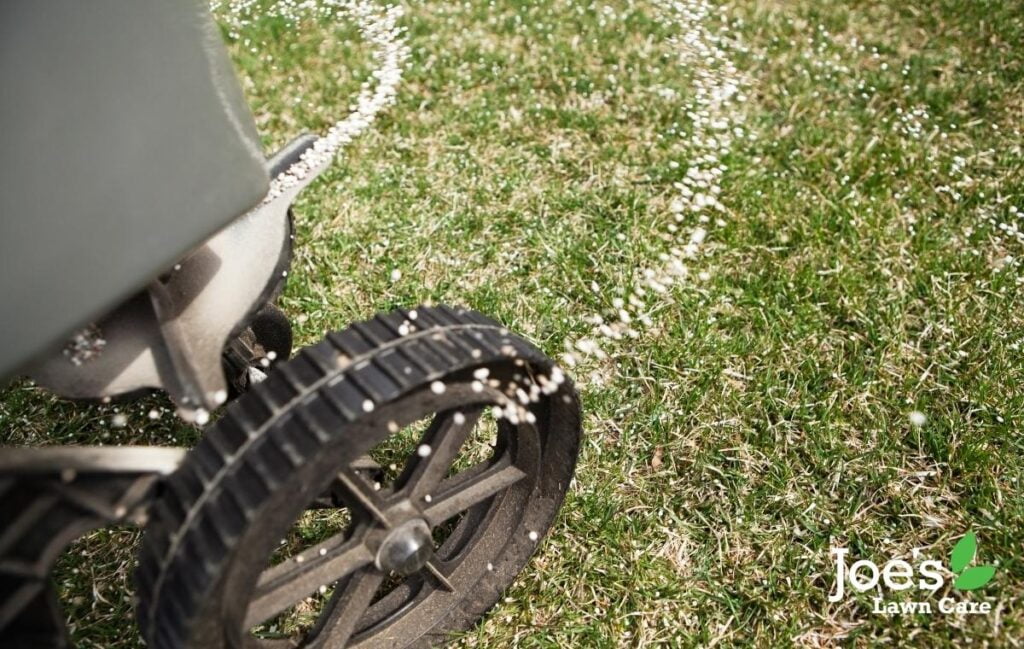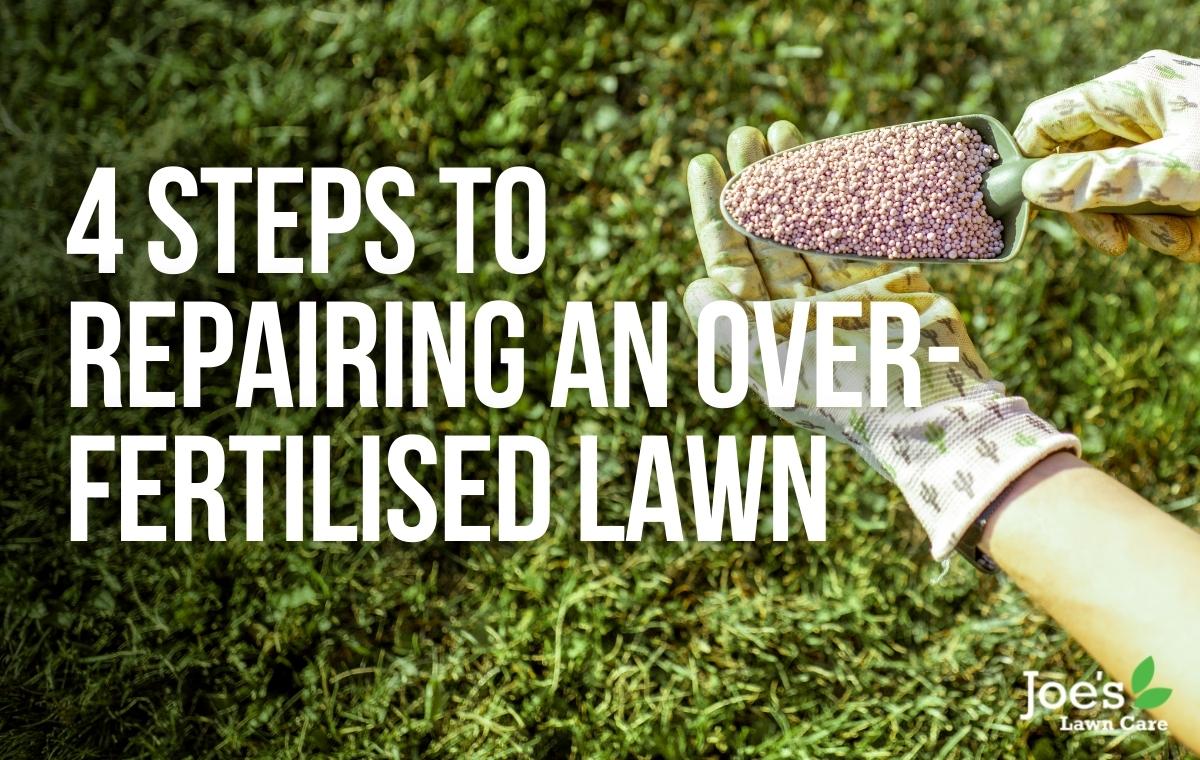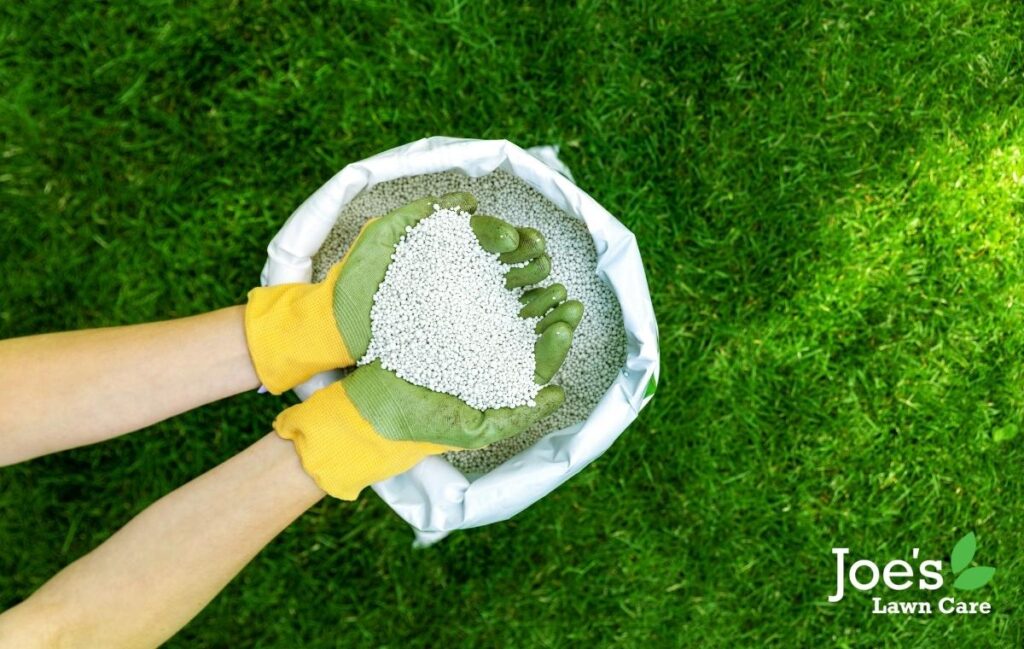4 Steps To Repairing an Over-Fertilised Lawn
You know how your dear old granny would always say, “everything in moderation”, and you’d subtly roll your eyes thinking, “surely anything worth doing is worth doing in excess?” Well, guess what, you’re dear old granny was right, especially when it comes to fertilising your lawn. Yup. Believe it or not, when it comes to spreading fertiliser across your lawn, more is not better. In fact, more can be disastrously worse.
But here’s what a lot of people don’t realise: over-fertilising your lawn isn’t something that only happens when you get a little too trigger happy with your application; it can also happen if a) your lawn suffers from compaction, as the poor drainage can create a build-up of fertiliser or b) you forget to water your lawn properly after you’ve applied fertiliser, both of which can lead to all kinds of problems, including a death… for your lawn, anyway.
Here’s our no-nonsense guide to fixing an over-fertilised lawn:
The Benefits of Fertilising Your Lawn
Before you start thinking to yourself, “I’ll probably save myself the hassle and just not fertilise my lawn,” let’s just clear one thing up real quick: every lawn needs fertiliser. Not wants, needs. That’s because every time you mow your lawn, which is usually once a week in the summer, your grass is actually in a constant state of regrowth; a process that requires the right nutrients are in the soil and are regularly replenished in order for your grass to grow strong and healthy.
Of course, it’s not all about post-mow growth. It’s also about making sure your grass is strong enough to fight off any pests and diseases that may try their luck. You see, a lawn that has been properly fertilised is so much more resistant to common lawn problems, whether that’s crabgrass, yarrow, speedwell, chafer grubs or anything else out there. And the reason for this is simple: fertiliser helps improve your soil, which in turn helps create a healthier root system, and the healthier your roots the more resilient your grass.
Spotting The Signs of an Over-Fertilised Lawn
The main thing to look out for is a change in colour. Basically, if your grass blades are starting to turn yellow or brown at the tips, it’s worth getting a lawn care expert to check the problem further. Worse yet, if you’re seeing entire blades that look almost scorched, it’s definitely time to get a lawn care expert to do an analysis. As for the reasons behind this severe discolouration, when a lawn has been fed too much fertiliser, it simply can’t absorb it all, leaving the excess to cause varying degrees of burn damage to your lawn.
As for the other signs to look out for, over-fertilisation can create symptoms like limp grass roots, a crusty residue on the surface of your soil, black roots, or stunted growth, whether that means your grass has entirely stopped growing after a fertilising session or it’s growing incredibly slowly. You might even find bare patches where your grass has already died, in which case you want to reseed these areas as soon as you can before any opportunist weeds do their thing.

Four Steps To Repairing an Over-Fertilised Lawn
While a lot of your lawn-repair tasks will depend on how quickly you realised your lawn had been doused in way too much fertiliser, these four steps will give you a pretty solid chance at repairing the damage:
Step 1 – Remove the excess fertiliser:
Whether you sneezed unexpectedly, tripped on your patio steps or were simply too hungover to be indulging in any lawn care task, if you accidentally spilled a bunch of fertiliser on a small area of your lawn, you need to clear this up ASAP. That either means raking it off your lawn and into a dustpan or using your rake to evenly distribute it across your lawn. After that, water the heck out of the area so that it dilutes the fertiliser.
Step 2 – Water for the win:
As we just mentioned above, water is a great way to dilute (and possibly wash away) an excessive amount of fertiliser. But here’s the best part: this little lawn care hack isn’t just effective immediately after you’ve over-fertilised your lawn; it’s can also help your grass recover more quickly if you’ve just noticed yellowing tips on your grass blades.
The trick is knowing how much water to use. So to help you out, we recommend you water your lawn pretty heavily, saturating the soil with around an inch of water, every day for an entire week (or however long it takes for your grass to turn green again).
Step 3 – Stay away from your mower:
As a general rule of thumb, the longer your grass, the more resilient it is. As such, if you suddenly realise that you’ve over-fertilised your grass, hold off on your next mow. Instead, perform the above steps and then let your blades grow a little longer than usual so that more photosynthesis can occur, as that will help your grass absorb more of the nutrients, thus reducing the amount of excess fertiliser in your soil.
Step 4 – Get ready to reseed:
Should you over-fertilise so much so that your grass actually dies in areas, you’ll need to act fast enough to stop any weeds from cropping up in those bare patches. That means grabbing your hosepipe, watering any burned areas enough to wash away the excess fertiliser, and then filling in any bald patches with top soil, working it into the soil-soil with a rake. After that, add an even layer of grass seed and then cover it lightly with some dry hay so that it holds onto the moisture longer and then either pray for rain or water it each evening until your grass takes hold.
Thanks for reading our guide on the 4 Steps To Repairing an Over-Fertilised Lawn. For more lawn care tips and tricks, follow us on Facebook and Instagram.






